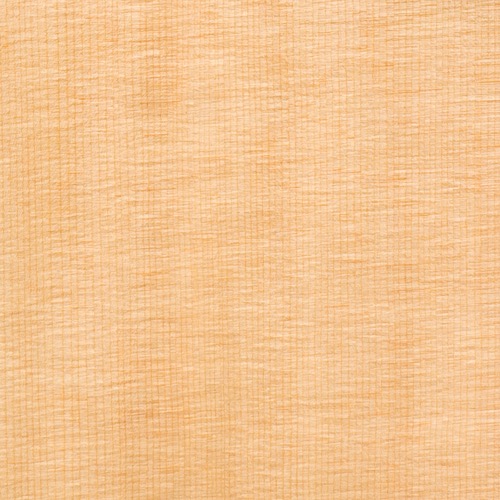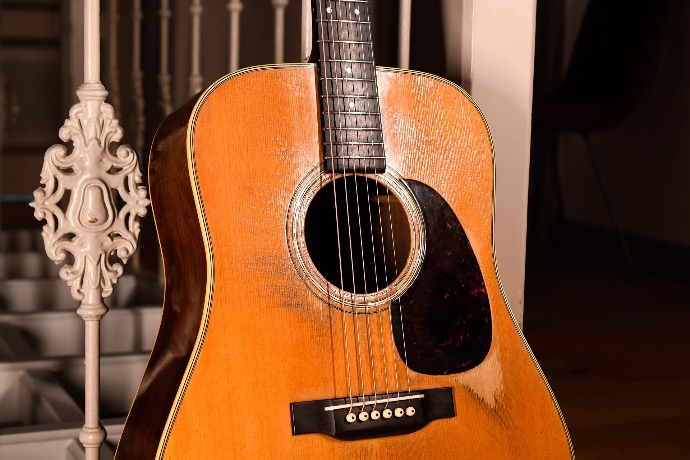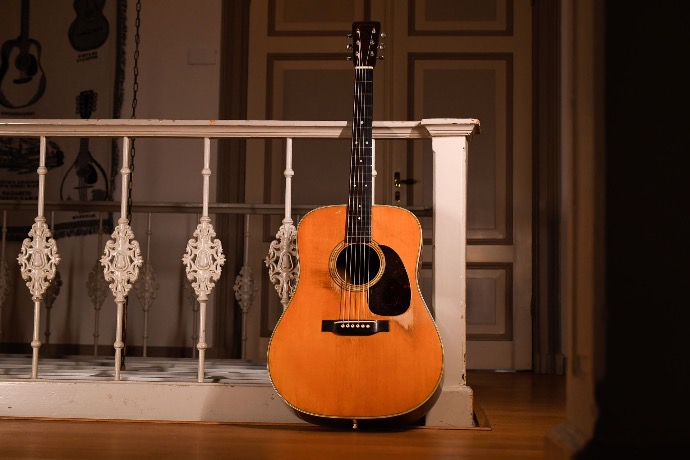Which types of spruce are there?
Spruce is known to be one of the most widely used woods for tops of acoustic guitars. Being lightweight, strong and flexible, it gives a guitar a wide dynamic range with great articulation. Whether you strum or fingerpick, spruce tops can enhance any type of playing perfectly. The Martin Guitar Company knows this better than anyone else, and they have used spruce tops on most of the acoustic guitars they have made.
The spruce tree family knows many species and most of these species will have their own unique sound when used in acoustic guitar manufacturing. Some of the most common ones are Sitka, Adirondack, Engelmann and German Spruce. Sitka is a well-rounded tonewood with a broad dynamic range, Adirondack is a wide grained spruce that has a lot of headroom which is great for flat picking, Engelmann is a lighter and less stiff than the previous two and adds a beautiful midrange to the sound, German spruce sounds rich and bright and has a strong tradition in European stringed instruments.

What we know is that up until 1946 Martin preferred the use of Adirondack spruce tops on their guitars, which is quite logical when you see that the Adirondack mountain range is close to Nazareth, Pennsylvania, where the Martin factory produces guitars. A disadvantage of the Adirondack spruce is the relatively small size of the trees, so due to over harvesting there was a lack of wide enough pieces to use for guitar construction. The Sitka spruce, found in the North West and the West Coast of Canada, is a giant tree with great sounding spruce which was the perfect replacement.
Our Mystery D18 & D28 from 1953
This brings us to the two guitars in this Benchtalk episode , a 1953 D18 and a D28. What is this mystery about?
This is where it gets a bit confusing. It turns out that Martin didn’t really specify the type of spruce that was used up until about 1957. Their shop records would just read “Spruce”. There are a lot of Martin guitars built in 1953 that had a top that didn’t look like Sitka Spruce, and on top of that there are records of Martin Guitar Company buying a batch of Engelmann and a batch of Adirondack. From 1957 to 1962 Martin used the terms West, East and German for their spruces in the shop records, with West being Sitka, East being Adirondack and German being German or Alpine spruce.
Though Sitka is quite easy to spot, species like Engelmann and Red Spruce (which is the official name for Adirondack) are more difficult to pick apart. Sitka Spruce tends to be medium to thin grained, but it will have a pinkish hue that will turn more brown over time. Most of the sitka tops will have a characteristic that’s called silking (the 'wave' lines between the grain in the picture above) which is not very common in Engelmann and Adirondack. Both Engelmann and Adirondack produce brighter colored tops, that tend to go more yellow as the board ages. Like I mentioned before, Adirondack is know for its wider grain but because of the variety in spruce species you will find tighter grained Adirondack tops and also wider grained Engelmann pieces, making it almost impossible find the truth.


Benchtalk #3
So if you are a Sherlock Spruce, it is quite possible to make an educated guess to solve this mystery. But since every 1953 Martin guitar resurrects the question, so the mystery of the Mystery Tops will always remain.
Fortunately, we have a team of wood connoisseurs who are only too happy to delve into this mystery. But, just as importantly, what do these 'Mystery Tops' sound like? Check out our Benchtalk episode to find out!